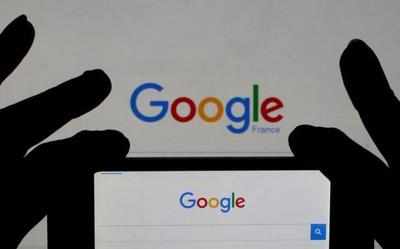This story is from August 4, 2016
Copyright tool tech accounts for half of music industry's YouTube revenue: Google
YouTube’s content copyright verification system has generated over $2 billion for copyright holders since its launch in 2007, Google said in a recent report on piracy.

YouTube’s content copyright verification system has generated over $2 billion for copyright holders since its launch in 2007, Google said in a recent report on piracy.
NEW DELHI: YouTube’s content copyright verification system has generated over $2 billion for copyright holders since its launch in 2007, Google said in a recent report on piracy. The system, known as “Content ID”, identifies copyrighted content by comparing it against a bank of videos or audio files. The Google-owned video sharing service says that Content ID accounts for roughly half the music industry’s revenue from its platform.
On finding an infringing piece of content – say a video using one’s copyrighted song, or a part of one’s film – the copyright holder can either request a takedown, choose to not act, or monetize the video.In the last scenario – which YouTube says is used by 90% of the claimants – the copyright holder can earn off the ads placed around the video. YouTube shares about 55% of the ad revenue with content uploaders, while it keeps 45% of the split.
“To date, more than 8,000 rightsholders have used Content ID to manage their content on YouTube, with well over 90% choosing to monetize videos containing their copyrighted material. These partners include network broadcasters, movie studios, songwriters, and record labels. The music industry, for example, chooses to monetize over 95% of sound recording claims,” says the report, titled "How Google Fights Piracy".
On finding an infringing piece of content – say a video using one’s copyrighted song, or a part of one’s film – the copyright holder can either request a takedown, choose to not act, or monetize the video.In the last scenario – which YouTube says is used by 90% of the claimants – the copyright holder can earn off the ads placed around the video. YouTube shares about 55% of the ad revenue with content uploaders, while it keeps 45% of the split.
“To date, more than 8,000 rightsholders have used Content ID to manage their content on YouTube, with well over 90% choosing to monetize videos containing their copyrighted material. These partners include network broadcasters, movie studios, songwriters, and record labels. The music industry, for example, chooses to monetize over 95% of sound recording claims,” says the report, titled "How Google Fights Piracy".
While bigger record labels and movie studios might find it easier to sign up to use Content ID, smaller musicians or entertainers might have to depend on agencies to sign up for them as a collective. “Content ID is a pretty sophisticated system. It is an enterprise level tool. If you want to sign up, we evaluate how much content you have, how popular you are, your track record with YouTube. Even if you don’t qualify, you can use it through organisations that represent smaller content creators. If you have only a few assets makes sense to go through an intermediary,” Fred von Lohmann, senior copyright counsel at Google told TOI over a video call.
End of Article
FOLLOW US ON SOCIAL MEDIA
